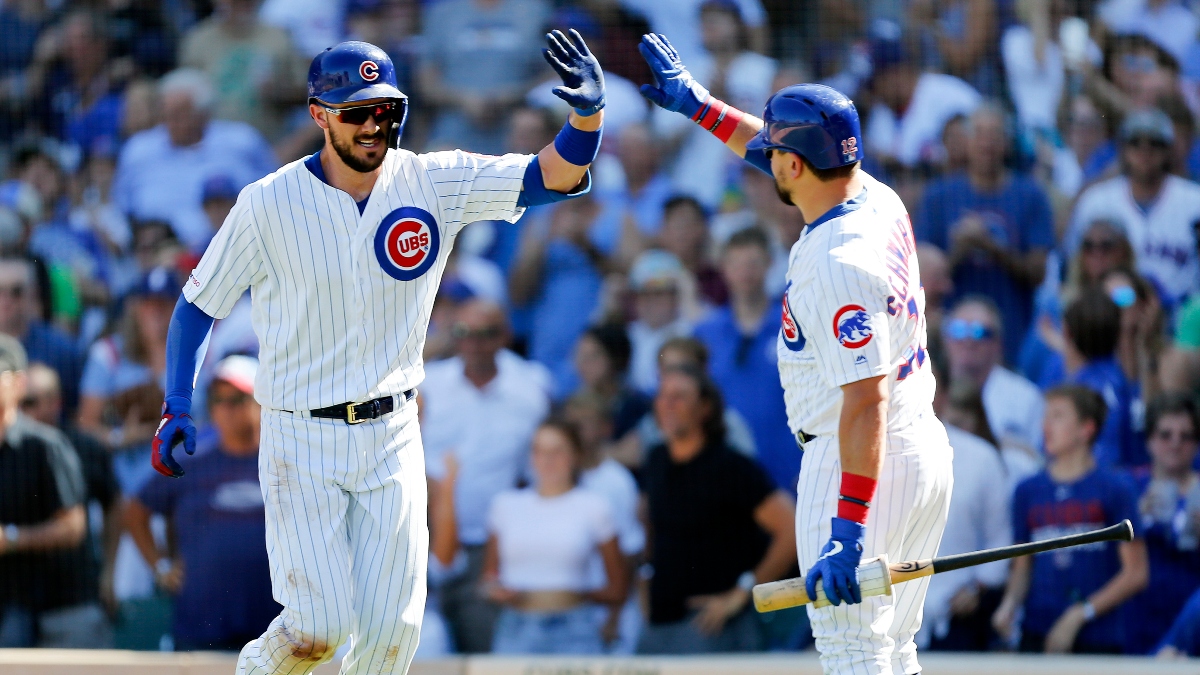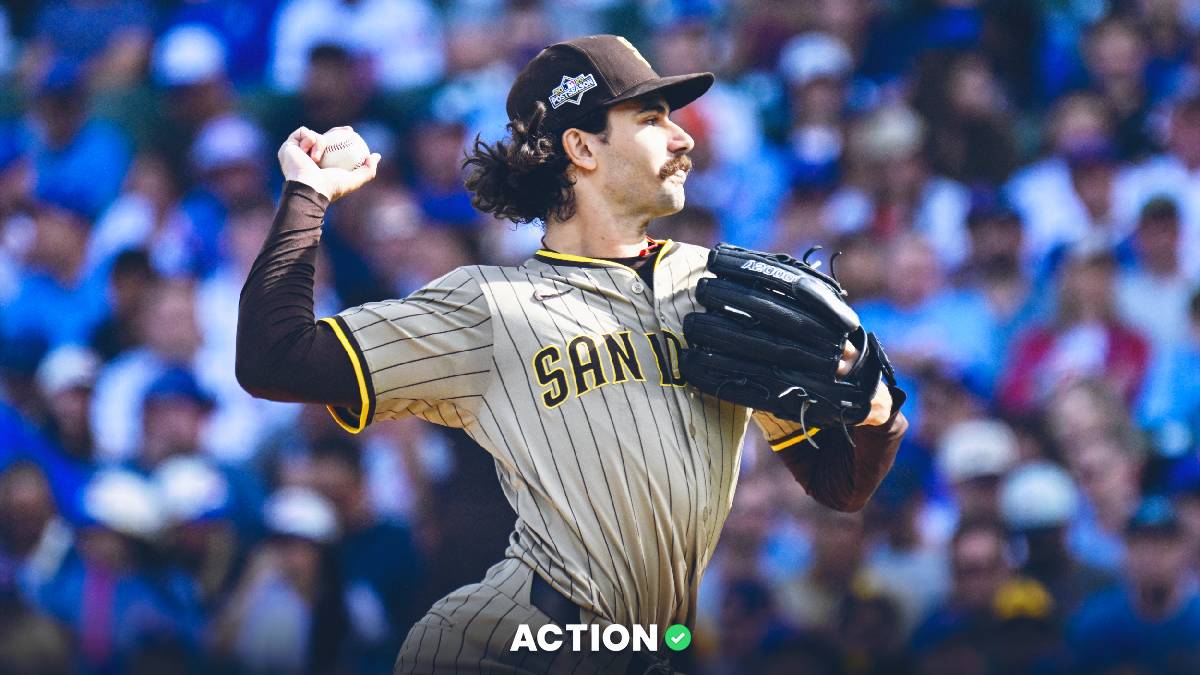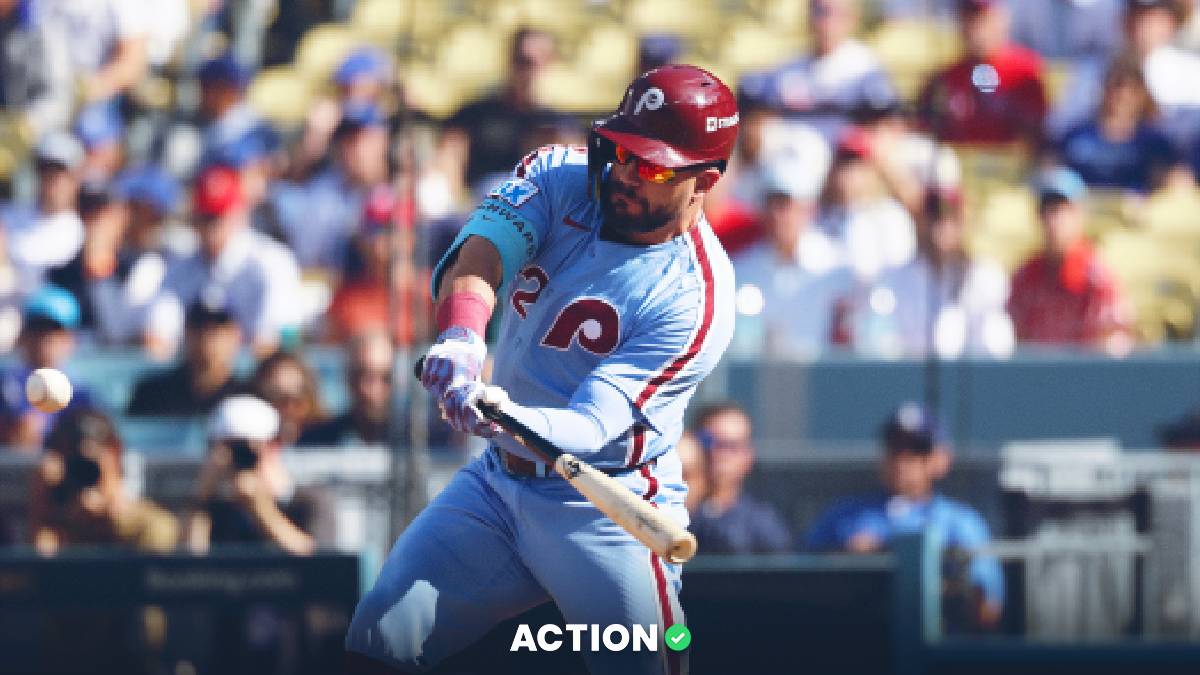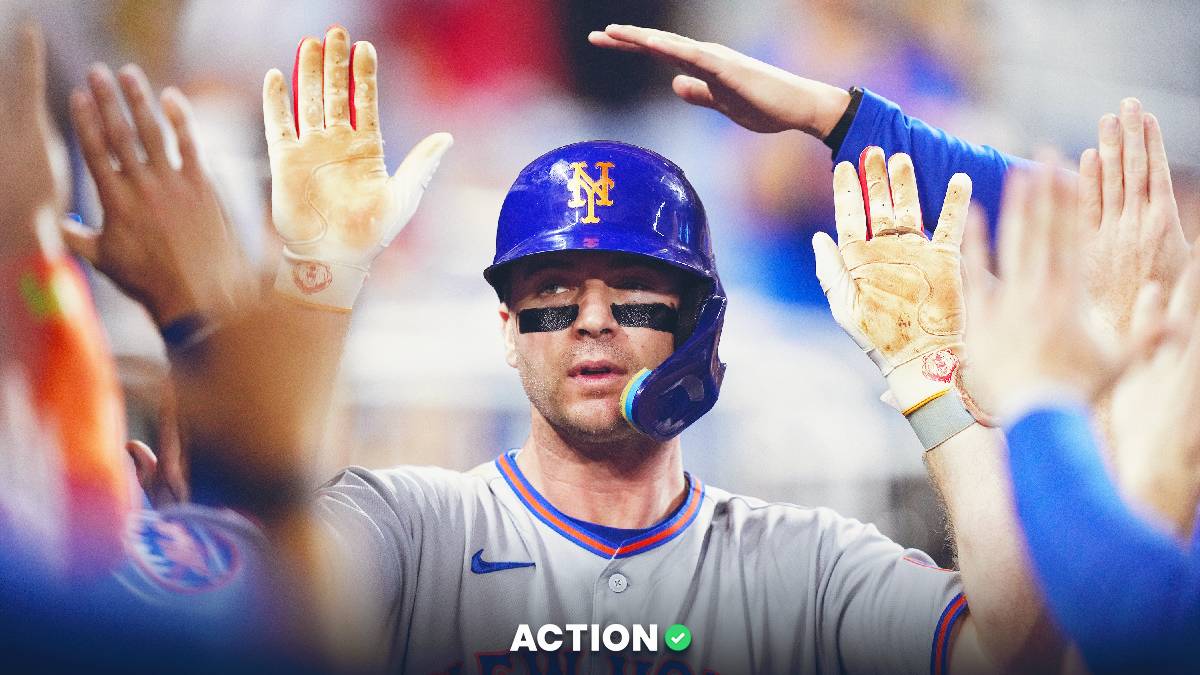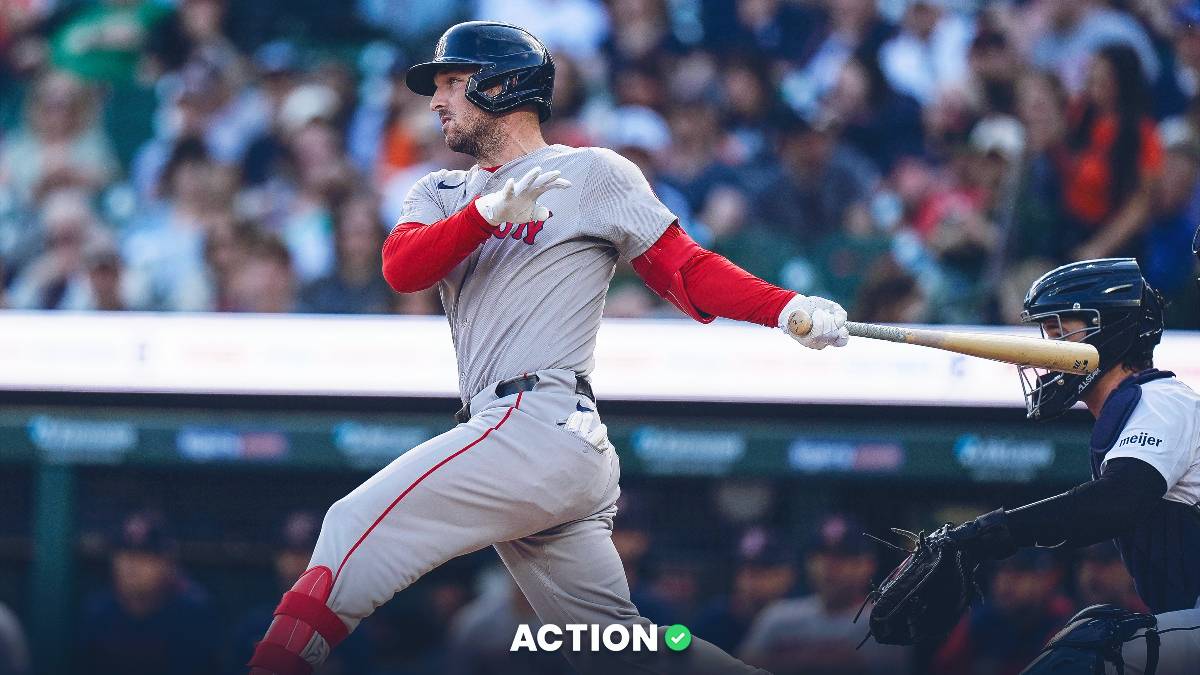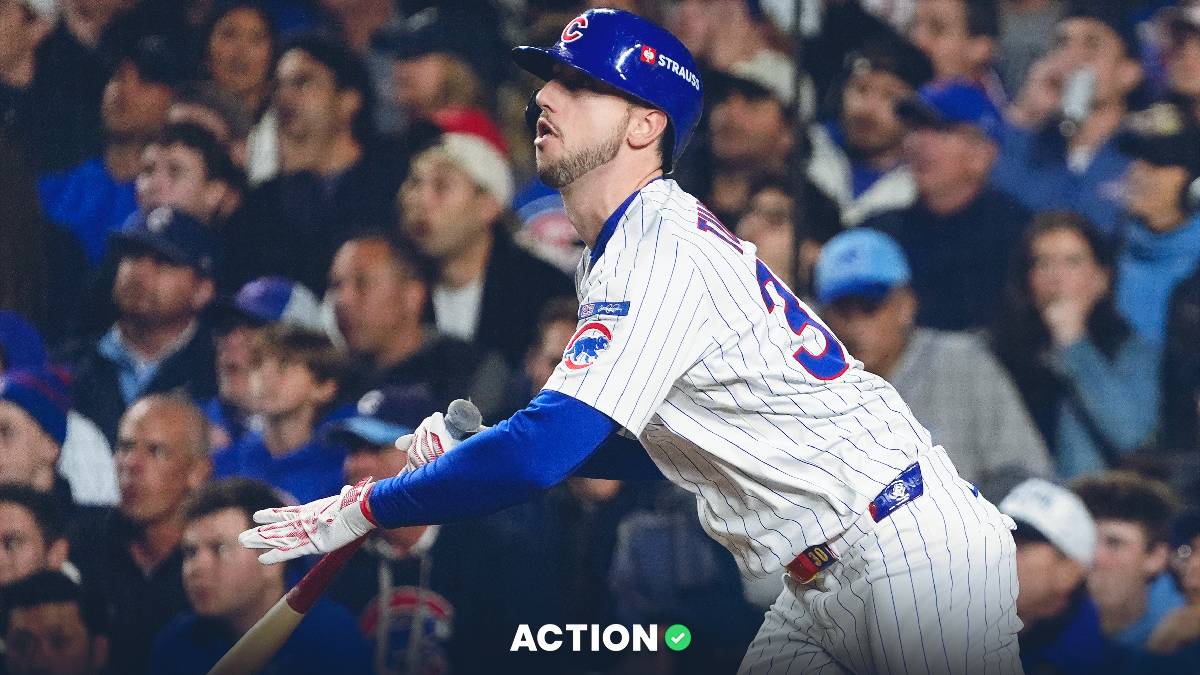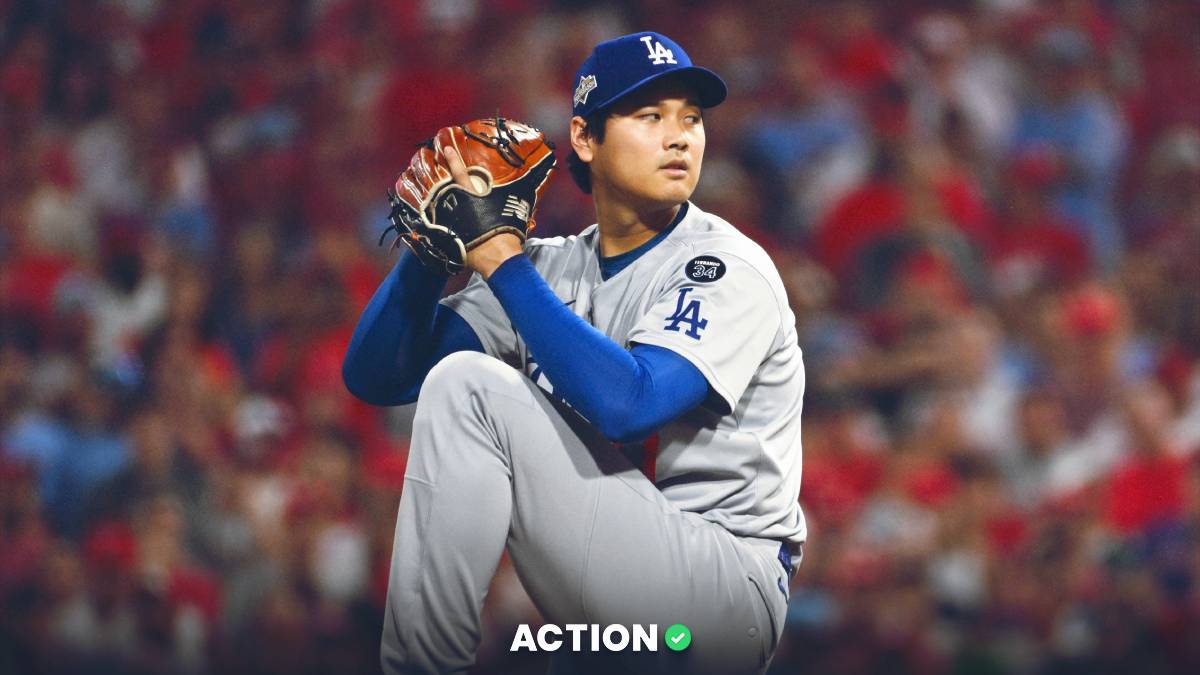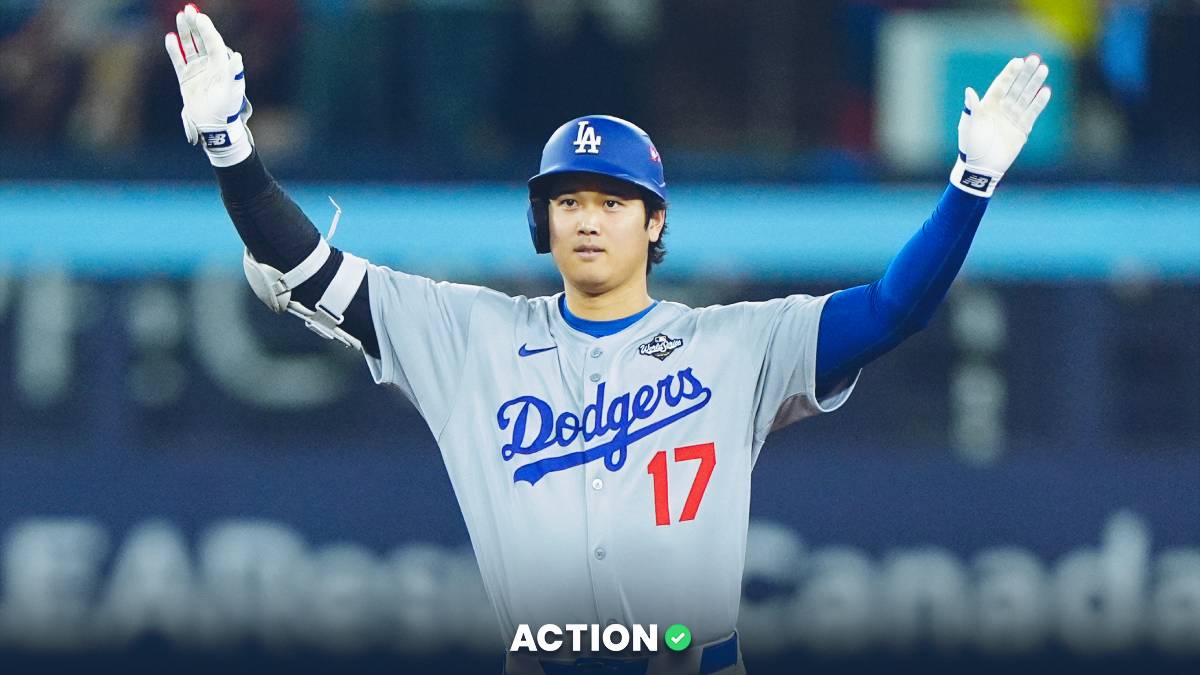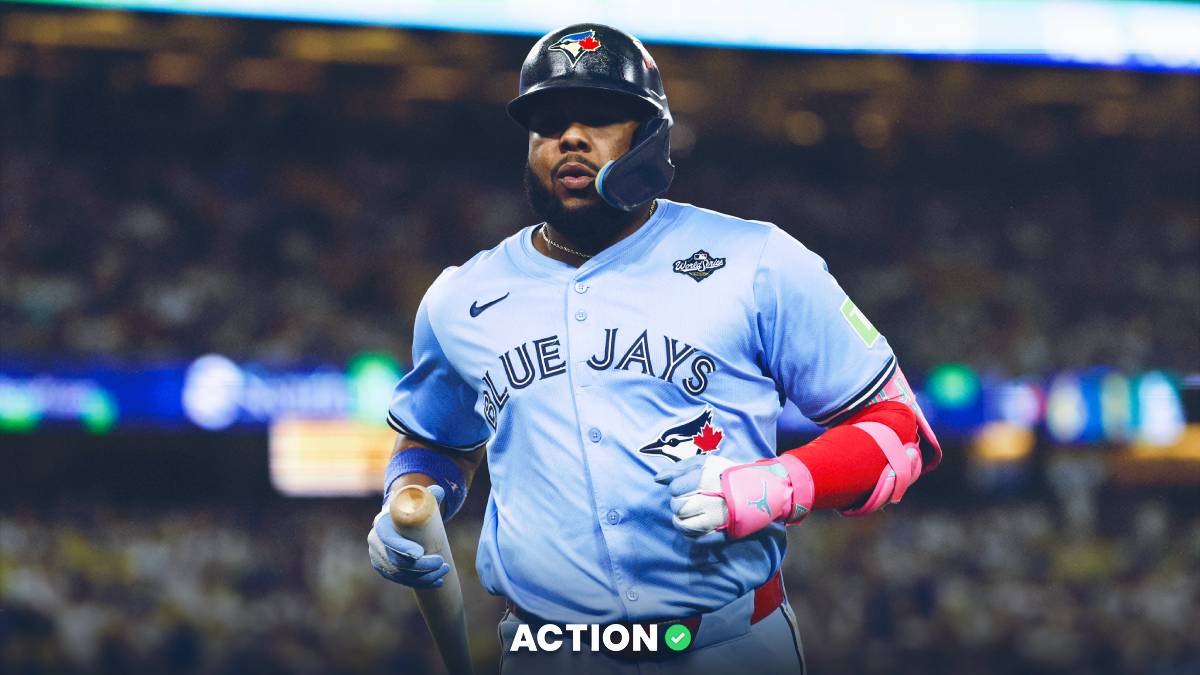Now that pitchers and catchers have reported to Spring Training, baseball data leaders like Baseball Prospectus and FanGraphs have released initial 2020 standings projections, which the public takes and re-purposes for betting MLB win totals.
In truth, most of the betting value has been taken out of the total win market already. Win totals were released earlier than ever this year and have sharpened up in the past month.
Since open, the Red Sox win total has fallen by more than five wins. At the same time, the Cubs and Pirates received four-win downgrades – and top contenders like the Dodgers, Twins and Yankees have each seen their totals increase following significant offseason acquisitions.
Looking to bet MLB win totals for 2020? Check out DraftKings, where Action Network users get a risk-free bet up to $500.
If you want to get the most value out of the total win market, you have to create your projections and pounce early – but now that numerous trusted sources have put their 2020 projections out, we can create a consensus or composite projection – and see how our own projections stack up.
It's essential to look at more than one data point when creating projections for betting purposes; some forecasts will come in high, and others low on specific teams – and I have found that when the projection market lines up against an MLB win total, they tend to be right.
Here's how the Davenport,FanGraphs, and PECOTA (by Baseball Prospectus) projections have performed over the past two years, compared to their average or composite projection:
2018:
- Composite: 19-9-2 (68%)
- Davenport: 20-10 (67%)
- FanGraphs: 16-13-1 (55%)
- PECOTA: 16-14 (53%)
2019:
- Composite: 15-13 (53.5%)
- Davenport: 12-14-4 (46%)
- FanGraphs: 14-14-2 (50%)
- PECOTA: 14-13-3 (52%)
How do they stack up for 2020?
2020 Win Total Composite Projections
American League
Beginning in the junior circuit, it's immediately apparent I am lower than most on three of the worst teams in baseball – the Orioles, Royals, and Tigers – but also on the Texas Rangers; who many think will compete for a Wild Card spot in 2020 after upgrading their rotation.
I find that projection systems often overrate the worst teams in baseball – missing, for example, by an average of 21 wins on the Tigers in 2019 and 28 wins by the Orioles in 2018 – so while one or two of those three bottom feeders might surpass their total, none intend on competing in 2020; each will be looking to trade veteran pieces and I don't think any of those win totals are bettable – though the Royals have the most immediate talent of the three.
As for the Rangers, there seems to be a pretty solid consensus on the under, and I think that their Under 80.5 has the most present value of any total win wager. Their win total is lined around their ceiling, rather than their median.
I'm also lower on the Red Sox than most, which could help Baltimore rack up a few more wins. I had the Sox at 85.5 wins before the Betts trade, while Davenport was at 91 – so my subsequent adjustment was actually less substantial – but I would still expect this team to trade Jackie Bradley Jr.
Oakland is a compelling case, finishing with 97 wins each of the past two seasons after the composite called for 77 and 83 wins in those seasons. The 2020 squad is their best team yet, and while the composite projection calls for 87 wins, it's hard not to see them surpassing 90 yet again.
Lastly, I think people are wrong to bet Houston's under at 94 – where I'm the low man in the projection pool. This team is still extremely talented and is becoming an increasingly valuable third choice to win the World series.
Visually, here's how the AL divisions break down:
National League
What are the projections missing when it comes to the Braves? Atlanta's composite forecast called for 73 wins in 2018 and 83 wins in 2019; they won 90 and 97 games, respectively.
There's not much love heading into 2020:
However, I made the mistake of betting Atlanta's under last year, and I won't be doing so again in 2020. They remain entirely within a contention window, could still swing a trade for Nolan Arenado, and the NL East is wide open. And at 89 wins, I'm much more in line with the betting market.
My projections on the Marlins and Phillies are also closely aligned with the market – but the composite projections suggest value on Miami's over and Philly's under.
I find it surprising that PECOTA sees four sub .500 teams in the NL West.
The Cubs season depends upon whether they retain Kris Bryant, who could also wind up in Atlanta, but most of the betting value is gone in their under.
St. Louis is the one other team worth discussing in more detail. They are an organization that has overachieved and remained competitive my entire lifetime, and projections were low on the Redbirds by 4.5 wins in 2019 and 2.5 wins in 2018.
They play excellent defense, which lends itself to overperformance, but all three of Davenport, FanGraphs, and PECOTA see a sub. 500 team.
At 88.5 wins, I was already considering a Cardinals under or at least a middle by also playing over 85.5, but now I'm seriously considering a play on the under with the market even lower than I am.
As the owner of some Reds divisional futures, it's nice to see Cincinnati projected as the NL Central favorite by both Davenport and PECOTA.
Though as the visuals show, it's a very tight four-team race in both the NL Central and NL East:
Balance of Power
One other thing I like to look at is to see how the balance of power stacks up between the leagues and divisions on a year to year basis.
The National League has been the stronger of the two in the past two seasons, winning more than 30 additional games in 2019 and 12 additional in 2018 – thanks to some atrocious play by the Orioles and Tigers.
Only PECOTA expects the AL to be the better league in 2020, largely due to their expected improvement by those two teams:
As for individual divisions, the NL Central continues to decline in quality, while the AL Central looks set to both maintain the lowest combined win total while also improving overall for the third consecutive year:


